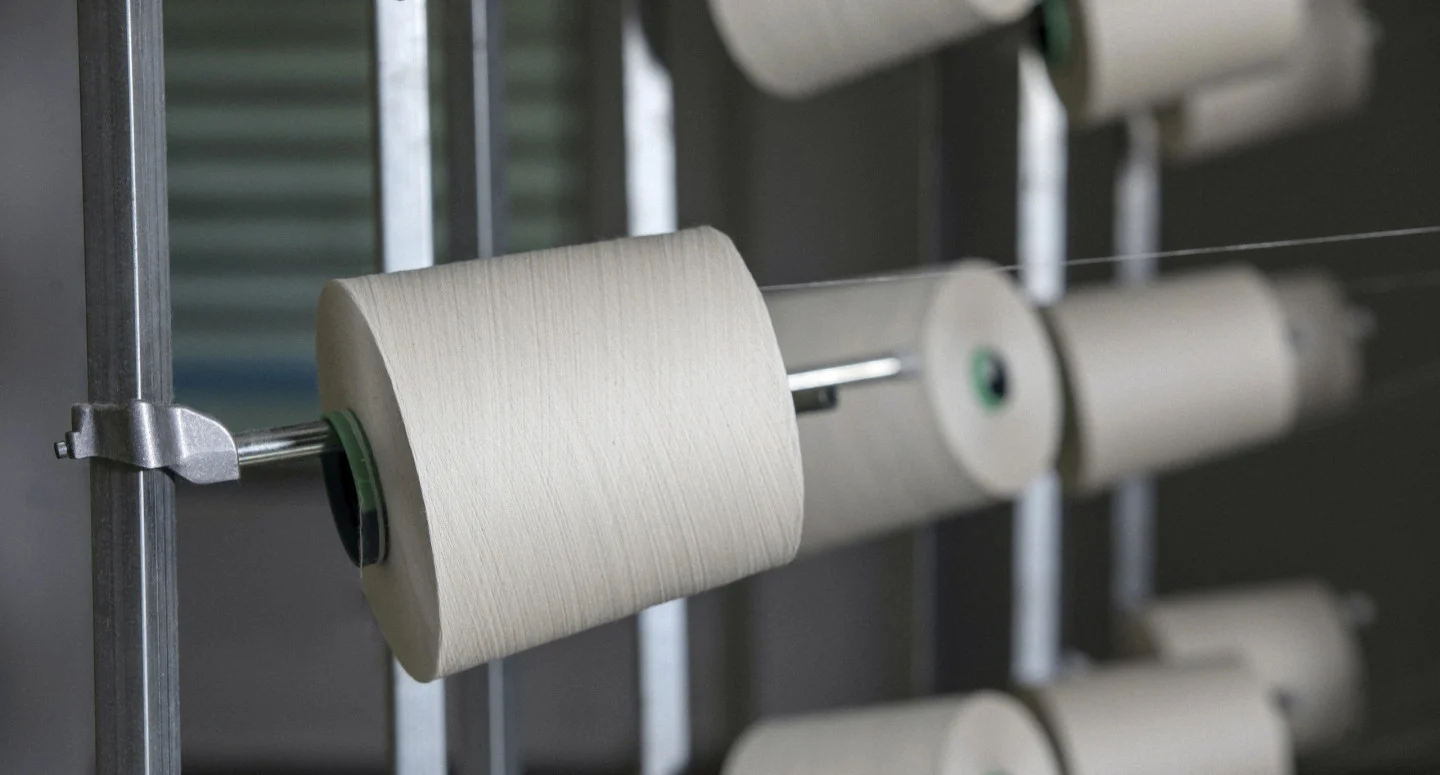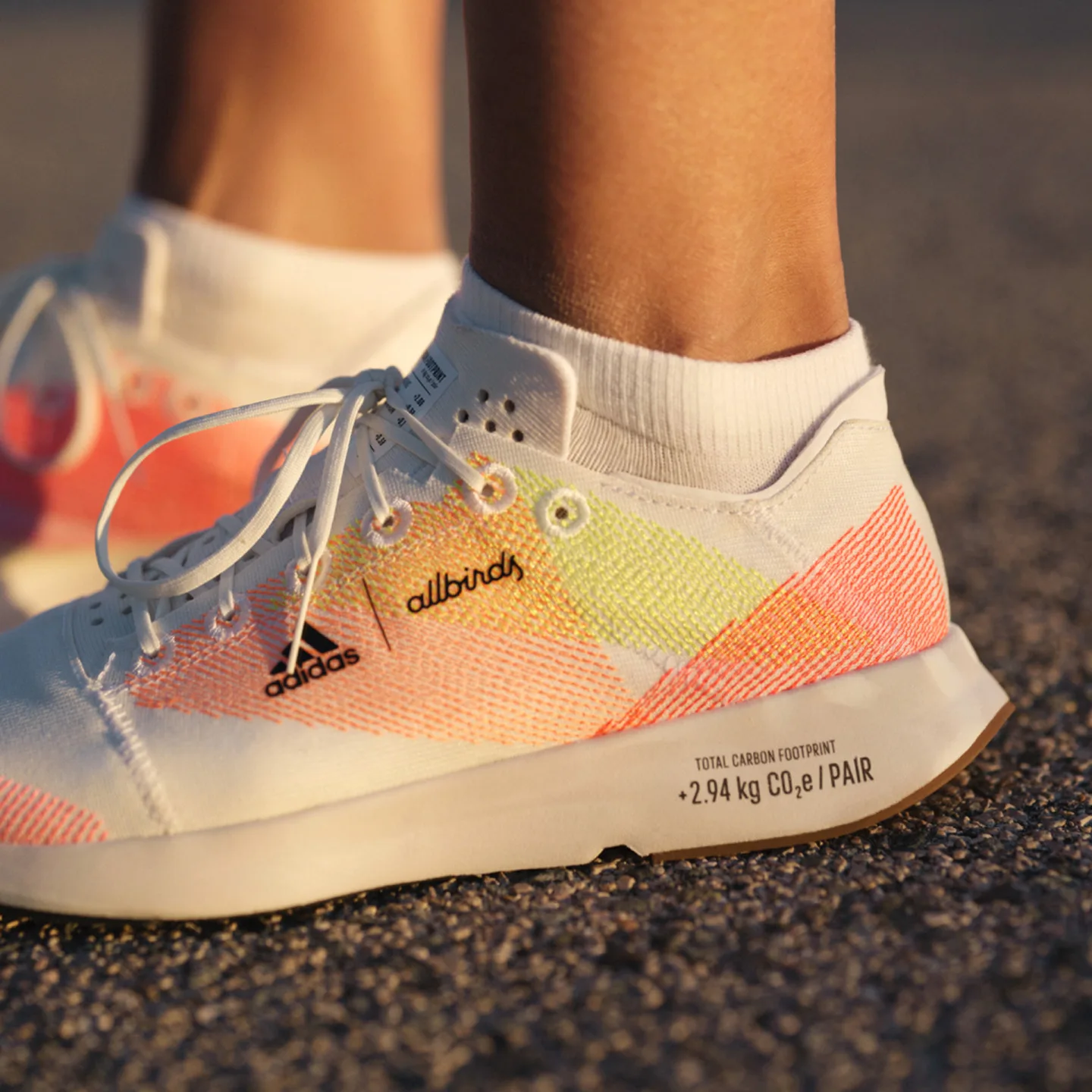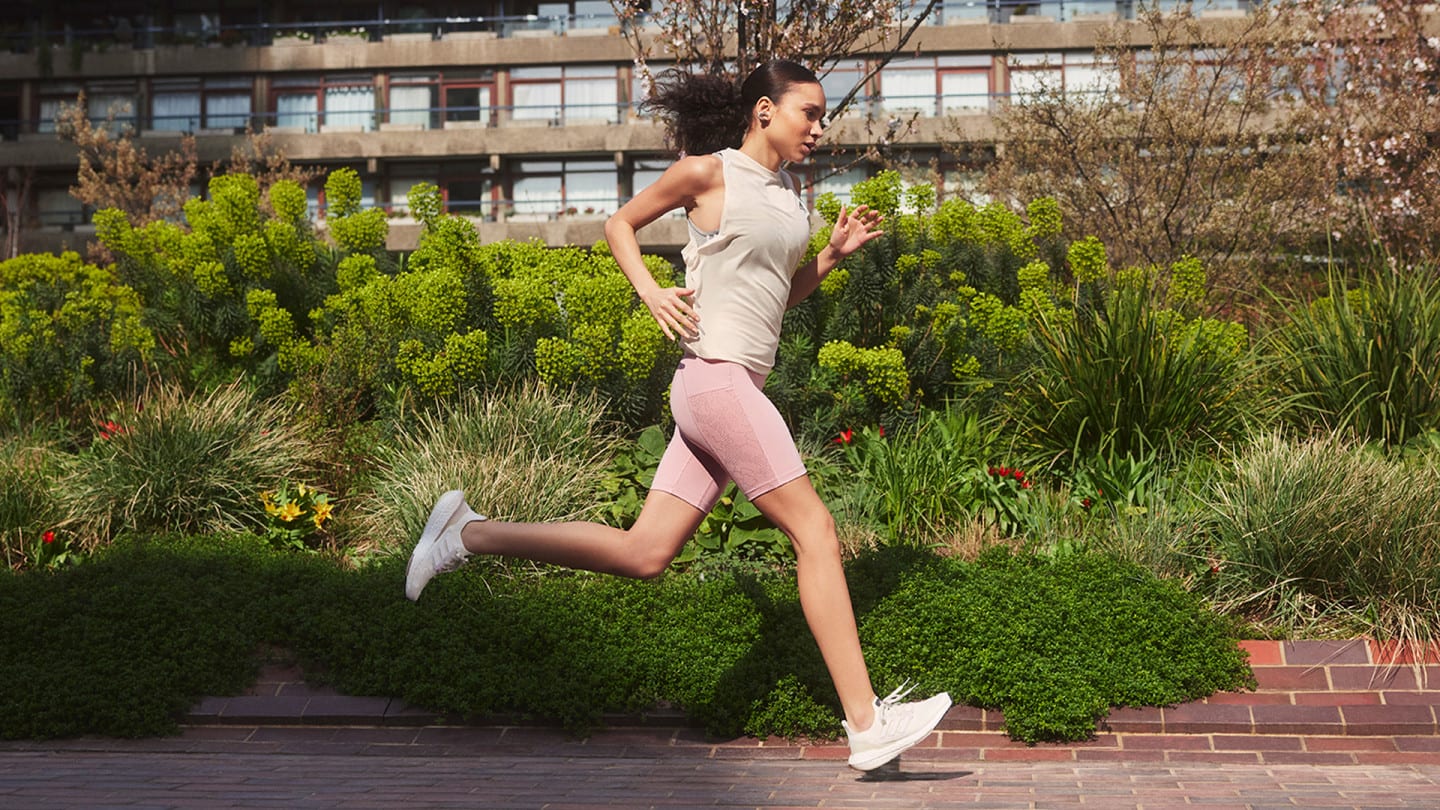
Answering the 5 Most Commonly Asked Questions on Climate Change from our Employees
Many of our employees have been asking how adidas is fighting the climate crisis, so we asked Jesus Aisa, Director Climate Change to share his professional insights.

There’s a lot of interest in our actions as a company when it comes to sustainability, and in my role as Director for Climate Change, I’m often asked about what we’re doing across the different touchpoints of our strategy. So, to give some transparency on this topic, I’m sharing my answers to the most frequently asked questions and highlighting what I believe we should be looking into to ensure a more sustainable future.
What is our existing approach to climate change?
Our sustainability program extends across our entire value chain – from the sourcing of raw materials to how we run our own operations. Each year as part of adidas’ annual report we share the complete picture of everything we’re doing, but here are a few examples of the sorts of things we’re doing to reduce the impact we have on our planet.
Our products: The climate crisis isn’t new, and we’ve been taking action to address it for a number of years. In 2022, we already reduced the average emission of CO2e per adidas product (carbon intensity) by 6.5%, and we are fully on track to achieve our 2025 target of reducing it to 15%.
We’ve achieved this reduction by starting to implement the use of low carbon coloration technologies and by replacing the polyester in our products with recycled polyester (we currently stand at 96%). We are also looking closely into the materials of the future and partnerships, with Infinited Fiber being a good example of this. In fact, we recently shared news of an adidas x Stella McCartney collection made from Infinna™ – a material that is comprised of 99% post-consumer textile waste which looks and feels just like virgin cotton.
 The recent adidas x Stella McCartney collection highlights the opportunities created through collaboration.
The recent adidas x Stella McCartney collection highlights the opportunities created through collaboration.
Our sites: We have set ourselves the target of achieving climate neutrality across our own operations by 2025. By that, I mean our offices, our distributions centers, adidas retail stores and any other building in which we operate. Our roadmap already includes upscaling our on-site renewable energy production, improving energy use efficiency and sourcing renewable energy through green tariffs.
 The latest addition to our headquarters in Herzogenaurach was built with the environment in mind.
“Our aim at adidas is to have the lowest carbon footprint supply network in the industry.”
The latest addition to our headquarters in Herzogenaurach was built with the environment in mind.
“Our aim at adidas is to have the lowest carbon footprint supply network in the industry.”
Our partners: We know that most of our emissions come from our value chain, and so over the coming years we will continue to focus on optimizing the environmental footprint – the energy use and carbon emissions – of our suppliers.
"Our aim at adidas is to have the lowest carbon footprint supply network in the industry."
We will continue to drive various initiatives to help suppliers scale their use of renewable energy and increase their energy efficiency. Looking specifically at our short-term strategy, we will continue to help our suppliers to reduce their emissions by phasing out the use of coal and using more renewable energy.
We have identified some legal barriers that are impeding the process that should enable our suppliers to decarbonize faster. To address these, we will continue conversations with stakeholders such as EuroCham, AmCham, the United States Agency for International Development (USAID), and fashion industry associations on their lobbying efforts across several countries. They advocate for – among other things – policy updates that support the Power Purchase Agreement and maximizing rooftop solar potential.
So how are we helping our suppliers become more sustainable?
As part of our environmental program for our suppliers, we are working closely together to provide training that will help them achieve their goals and gradually improve their environmental footprint.
Suppliers have to make decisions that, in most cases, will have an economic impact. Therefore, another part of our work is to help them understand that this is not a cost, but an investment that will make them more competitive and help the industry to set up new standards.
Besides these educational efforts, last year, we reached a major milestone as we shared a set of clear expectations – the ‘adidas Decarbonization Manifesto’ – with our strategic Tier 1 and Tier 2 suppliers. This manifesto clearly presents how we expect our suppliers to support our decarbonization efforts and will form the basis for continuing business operations with our suppliers beyond 2025.
 Exploring new material innovations is one way we’re working towards our sustainability goals.
Exploring new material innovations is one way we’re working towards our sustainability goals.
How does adidas help consumers making the right choice?
Our goal is to be as transparent as we can. We believe this is the only way companies can create trustworthy and healthy relationships – not only with consumers, but with the population as a whole.
"We are committed to externally communicating the environmental impact of adidas products and highlighting what we are doing to minimize it."
This gives the consumer a better understanding of the impact of their choices, and as a result, they can make more informed and conscious decisions. It’s a long journey and achieving the level of transparency that we believe all companies should have, takes time.
To highlight our commitment, last year we started to communicate the emission data of three of our products. This year, we will expand this pilot and increase the number of products with external carbon footprint information. We will be one of the first brand to create this transparency at scale.
We are also conscious that the public are not equally educated on these topics, so we are also working on updating the adidas Sustainability Hub, where we will not only talk about our plans, but also provide more background on why this is important and the risks of inaction. Why? To be honest, we also need the help of our consumers. We need them to demand more change from companies and governments that are not yet on this journey so that we can be one team and together, change the future of the planet.
And finally, we also play an active part in the industry, ensuring that there are internationally recognized standards. This allows consumers to compare the effects of similar products from different companies without greenwashing.
 The adidas x Allbirds collaboration clearly shows our commitment to reducing the carbon footprint of our products.
The adidas x Allbirds collaboration clearly shows our commitment to reducing the carbon footprint of our products.
What future innovations could help lower our carbon footprint?
We need to differentiate between process innovation, material innovation and system innovation. Starting with material innovation. The industry needs to look at driving alternative processes for feedstock, since as a topic this will grow in importance.
"Innovation around alternative cultivation methods, such as regenerative practices, soil treatments and precision agriculture could also have an incredibly positive impact on our industry’s emissions."
And of course, there are the ongoing partnerships I mentioned earlier that look into recycled manmade and natural fibers. I believe this will become vital in the fight against our industry’s greenhouse gas emissions.
The industry will also see an increase in the use of alternative natural fibers, such as fibers derived from agricultural waste that will be processed in innovative ways, and manmade materials will be replaced with more biosynthetic materials.
 The Nature Capsule Collection – Made to be Remade.
The Nature Capsule Collection – Made to be Remade.
When we talk about technology innovation, we should look at how we can use less and/or cleaner energy. In terms of clean energy, this essentially means looking at alternative, more advanced energy sources such as hydrogen or concentrated solar power.
On the less energy-intensive side, there is an opportunity to significantly reduce energy and water consumption in material production such as the low carbon coloration processes I mentioned earlier.
Lastly, we need to talk about system innovations, which are arguably the most important innovations the future will bring – and I’ll just come out and say it – the ‘elephant in the room’. What are the systemic changes our industry needs to implement to decouple its growth from the use of resources? These innovations will be focused on what’s called the ’circular economy’: processes that will allow the use of recycled old fibers into new materials, closed loop systems and reusable chemicals, perhaps even replacing raw materials with waste feedstocks and CO2.
Having only worked at adidas for seven months, I’m confident that we’re moving in the right direction. Our targets are challenging, yet achievable, we’re constantly looking to make our mark and we will continue to partner up and pioneer new approaches that will help us reduce our impact on the planet. I look forward to being able to share more on our successes as time goes by.

